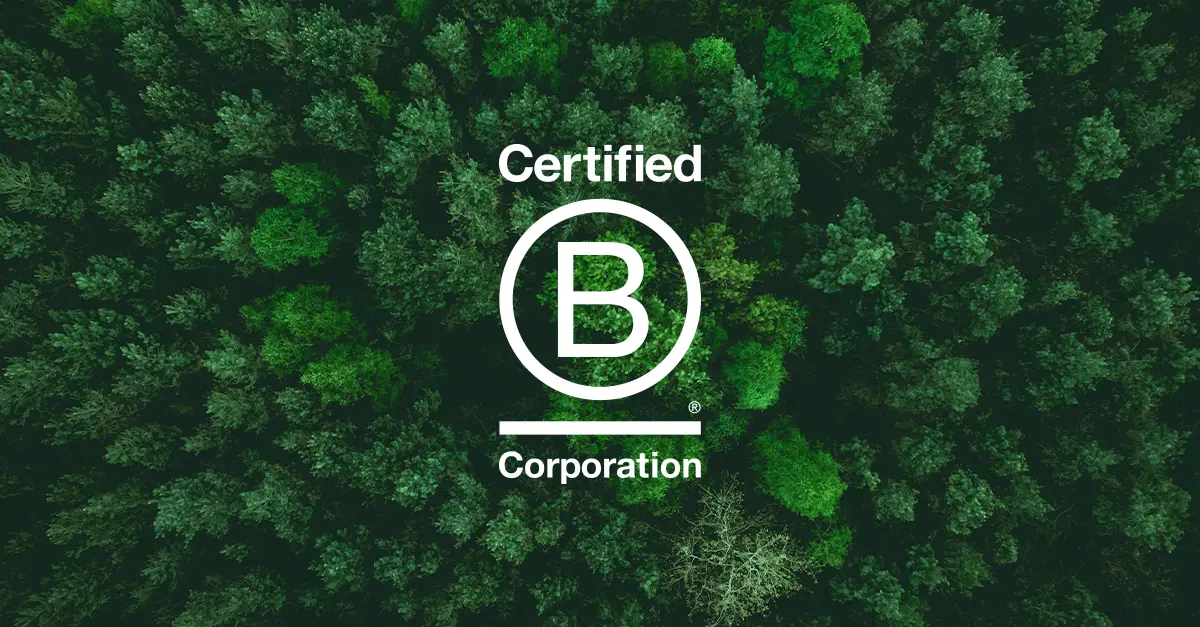As electric vehicle (EV) adoption accelerates and more utilities look to electrify their fleets, new opportunities are emerging for those willing to be pioneers in the transition. From installing and managing charging stations to supporting their customers with strategic guidance on how to plan for and purchase EVs, utilities can play a key role in driving further adoption.
Several larger, investor-owned utilities have already capitalized on this opportunity to enhance their client relationships by launching dedicated fleet advisory services. But for small and municipally owned utilities with limited bandwidth or in-house EV expertise, designing and deploying these programs can feel like a daunting task.
At Evergreen, we bring a deep commitment to serving the community and a culture of collaboration to every project we touch. Grounded in our core value of adaptivity, our team is skilled at working alongside utility partners of any scale to develop tailored, turnkey fleet advisory services. Here are some of the key insights we’ve gathered along the way:
Looking at the big picture
From major players like Amazon and FedEx to your local delivery service, fleets across all sectors are eager to go electric. Bloomberg New Energy Finance (BNEF 2021) projects that EV fleets will increase from virtually zero to 30% of all medium and heavy-duty fleet sales by 2040.
With new sustainability mandates, attractive total cost of ownership, and the chance to differentiate their brand, it’s no surprise that companies are directing more attention to fleet electrification. And they’re looking to utilities for guidance and partnership as they navigate the transition.
Planning for success
While some utilities are diving headfirst into large-scale fleet advisory programs, others are mapping out a more gradual route. Larger corporations may have in-house EV experts or robust manufacturer support, but small and mid-sized organizations need a dedicated co-pilot. Transitioning to electric can be a multi-step process, with early accessible wins snowballing into larger moves later on.
This is where local utilities can really shine. By engaging the businesses and individuals they serve to assess how and where EV fleets may impact the grid, utilities can proactively optimize their operations and infrastructure to minimize costs and support both short- and long-term electrification goals. That’s the power of community in action.
Practicing what we preach
As a trusted collaborator, we believe the best way to guide our clients’ EV journey is to go through the process ourselves. We’re currently working hand-in-hand with one of our small utility partners to develop and implement an electrification plan for their own fleet.
Not only does this create a compelling story to share with their community, but it also generates real-world data and insights to inform our fleet advisory services! Together, we’re creating a roadmap grounded in direct experience and best practices.
How utilities can get started
For utilities ready to start conversations with commercial or industrial customers who operate fleets, we suggest honing in on three key areas: fleet vehicles, charging, and acquisition planning.
1. Understand their current and future fleet composition.
Fleet managers and business owners already have retirement dates planned for their vehicles. Start there and plot out what the fleet includes now to better predict what it will look like down the road.
Questions to consider include:
- When will they start retiring vehicles?
- Will they add new vehicles? When will they be added, and how many will they add?
- What are their current duty cycles? How far do vehicles drive and how frequently? How much downtime or idling is there?
2. Evaluate short and long-term charging requirements.
Installing equipment or systems early-on can future-proof an organization’s infrastructure, reducing the total cost of ownership and protecting their overall investment.
Questions to consider include:
- How many total chargers will they need, and where will they be located?
- What are the technical requirements from charger manufacturers?
- How much power is needed over time?
- What is the existing capacity at the customer’s site? Do they need new infrastructure to reach long-term EV charging goals?
3. Develop a robust fleet electrification plan.
Before your customers start purchasing EVs for their fleet, they need to know how they’ll be housed, charged, and maintained over time. Utilities can support them by guiding capacity estimates and helping them build a timeline while keeping external factors that may put pressure on specific areas of the grid in mind.
Questions to consider include:
- Which fleet vehicles can be replaced with EVs today? What is in the pipeline for the next five years?
- What charging infrastructure will they need? When and where will it be needed?
- How can they optimize spending to meet immediate and growth needs?
- What funding opportunities exist that might support these investments?
The EV road ahead
Although fleet advisory services are not yet widespread, they are rapidly becoming an essential part of utility programs. Utilities have a unique opportunity to provide their customers with strategic guidance right when they need it most. When utilities can work in partnership with their customers, they can innovate services to increase customer satisfaction, uphold investments, and generate additional revenue streams.
Contact Greg Harr to chat about how Evergreen Energy Partners can support your electrification journey. Together, let’s create good energy!

Greg Harr
Greg designs, develops, manages and continuously improves energy efficiency programs to meet and exceed established goals. Additionally, he performs research, develops and implements new strategic initiatives that increase delivery of valued products and services. He is an avid downhill skier, and amateur Aquabike racer – Swim. Bike. Done.


